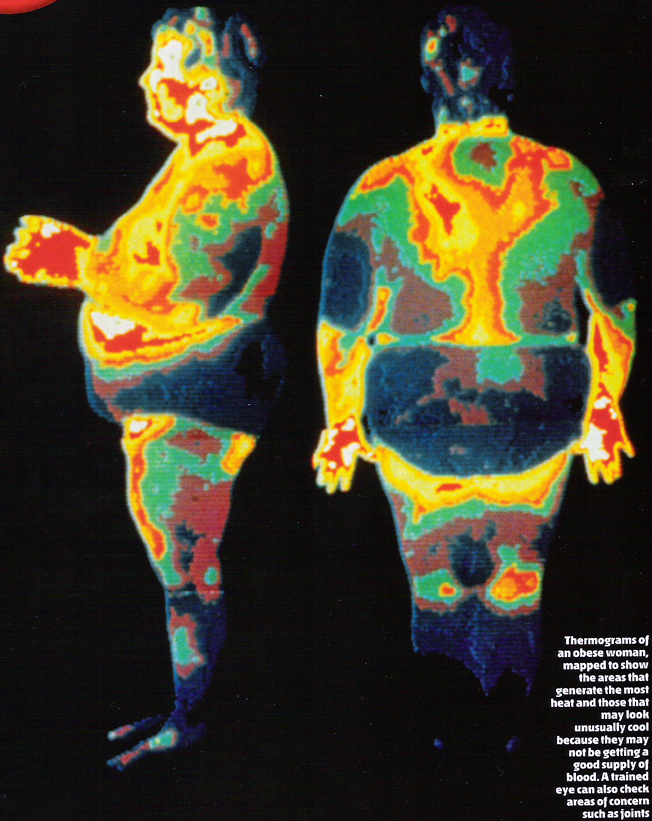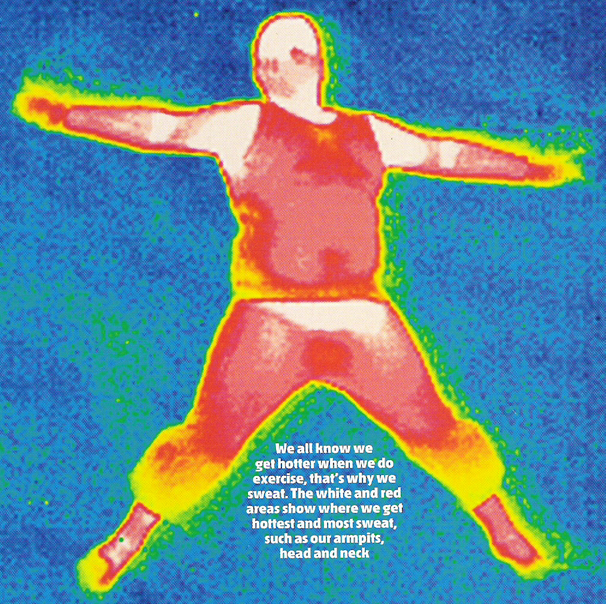Case: Non-intrusive Monitoring
I have been reading further on non-intrusive ways of monitoring a person’s health and have found an article about how hair can be used to provide a vast range of information about a person’s nutrition and health conditions.
Analysing the hair can provide further information than blood tests. Hair can indicate the body’s mineral levels over a period of time where as a blood test only provides information at one point in time, when it was removed from the body.
‘Hair Mineral Analysis’ is the name of this test and there are many reasons for taking a test of this nature. It can help explain the cause of unsolved problems a person might be suffering from or the test could be used to help explore the best way to treat an illness or a disease.
I’ve seen many places that offer to do a hair mineral analysis, most of which involve sending a hair sample to a laboratory for testing. I have yet to find a portable device that analysis the hair. Therefore as it stands the hair mineral analysis currently might not be a portable idea that could be pursued, but it does show another form of technology in using a non-intrusive method to find out a person’s well being and might be useful in the development of our idea.
Information is from an article found here
Here is another example of a non-intrusive means of monitoring a person’s health:
Elliot found an interesting device (Viterion 100/500) that can measure blood pressure, blood oxygen, blood sugar, weight, temperature and other body readings. Its primary use is for patients who need to be monitored, as the information is then sent to the hospital. This could be adapted to our needs, as the device could send 'easy to understand' output to the child in the form of educational information/games/pictures etc.
Image of the device:

Although the exact technology may not exist currently, we have good evidence to show that the technology is improving and heading in the direction of having non-intrusive body monitors. This means we could develop a device that a child has strapped to their arm (as discussed in the meeting) that could use 'body' readings to prompt the child on how to eat/exercise depending on its readings.
More information on Viterion can be found here
This post was written in conjunction with Elliot Hyde.
Labels: Case Studies




